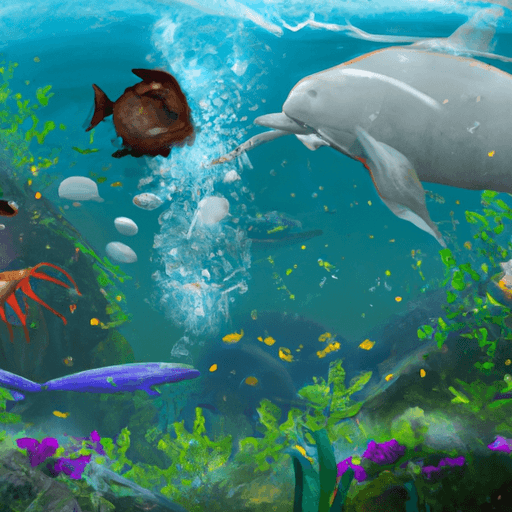The Microplastic Crisis: A Threat to Aquatic Ecosystems and Human Health
What are Microplastics?
Microplastics are tiny fragments of plastic measuring less than 5mm in diameter. They originate primarily from larger plastic debris that degrade into smaller and smaller pieces. Additionally, microplastics can also come directly from consumer products like toothpaste or body scrubs as microbeads, or from synthetic clothing and textiles.
How do Microplastics Enter our Aquatic Ecosystems?
The pathways for microplastics into aquatic ecosystems are numerous. The main sources tend to be urban runoff, sewage, and improper waste disposal. These tiny particles can easily be washed into waterways and eventually end up in our seas and oceans. Nevertheless, other sources such as atmospheric deposition and maritime activities also significantly contribute to this escalating crisis.
The Impact on Aquatic Life and the Ecosystem
Microplastics present a host of problems for aquatic life. Many marine species, including turtles, seals, seabirds, and whales, often ingest these tiny particles, mistaking them for food. This ingestion can lead to blockages in the digestive system, malnutrition, and even death. Additionally, microplastics can absorb and carry on their surface a variety of other environmental pollutants, increasing the risk of contamination. The cumulative impact of these factors hints at a looming catastrophe for our aquatic ecosystems, disrupting food chains and ecosystem balance.
Potential Risk to Human Health
Concerningly, microplastics don't simply stop at impacting marine life – they can potentially affect human health as well. Microplastics can enter the human body through the consumption of contaminated seafood and sea salt, and even through tap and bottled water. While the direct effects of microplastics on human health are still not fully understood, the fact that these particles can carry harmful pollutants and toxins raises legitimate concerns about potential long-term health effects.
Current Research and Mitigation Strategies
Research is ongoing to understand the full extent of the microplastic crisis. Scientists are developing new methods to detect and quantify microplastics in various environments, while also trying to understand their behavior, impacts, and potential ways of mitigating their effects. Mitigation strategies so far mainly revolve around improving waste management, enhancing plastic design and production to reduce fragmentation, and advocating for more responsible human behaviour regarding plastic consumption and disposal.
Personal Actions to Combat this Crisis
You can start combatting this crisis in several ways, such as reducing plastic usage, making informed choices about cosmetic products, and ensuring proper disposal of all plastics. Another impactful measure could be supporting organizations that work towards plastic pollution mitigation and participating in beach or river clean-up events. Lastly, educating yourself and others about the gravity of the issue can help foster a collective action towards a solution.
















Comments
Leave a Comment